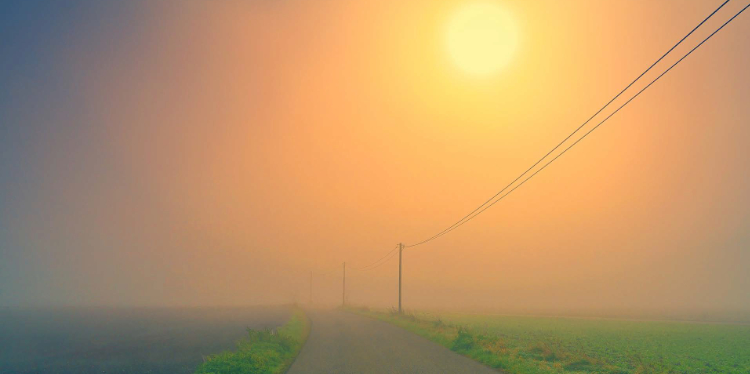Water — The Main Ingredient
At various points in my career, I have heard the argument that freshwater aquaculture makes more sen...

I’ve realized over the years that it is increasingly difficult to keep up with advances in the field of aquaculture. But from time to time I am faced with the fact that technical advances are also taking place in disciplines that, at first glance, seem unrelated to the science (and art) of raising aquatic animals. It’s easy to miss important developments if you’re always focused on one thing.
Many “modern” forms of aquaculture are energy intensive, and as pressure increases regarding the efficient use of resources, they will be even more so. When evaluating potential aquaculture development projects, one of the first things I consider is the availability of reliable electric service. And as I’ve learned first-hand in isolated settings in several developing nations, if the electrical grid is unreliable then pumps and blowers are often reduced to simple, heavy objects – and those objects are quite easy to trip over when the lights go out.
Electrification continues to be a slow process in many countries with limited resources. It is difficult to recoup the high investment costs associated with electrifying remote areas, or even to justify it when things like clean drinking water are higher priorities. Recently, however, a number of distributed energy resources are becoming available. Options based on renewable/sustainable power generation in remote locations, such as micro- or mini-grids, are especially suited for many aquaculture facilities. While costs are still high in some configurations, continuous advances in battery storage, inverters, transformers, controls and software will make this approach more accessible in the coming years.
Photovoltaic energy is generally the first component in microgrid development. Several years ago, Mahadi et al. (2018) presented a design for a solar microgrid to power fish hatchery facilities and nearby households in Bangladesh. Pilot sites were off-grid, with one actually located on an island. The design process took into account factors such as electricity demand for the hatcheries, electricity demand for the surrounding communities, willingness to invest, equipment costs and economic measures such as Internal Rate of Return (IRR) and Return on Investment (ROI). The system provided for expanded hatchery capacity and increased demand for fingerlings from neighboring small-scale producers.
In 2023, Imani et al. described a sustainable energy model suitable for a small shrimp farm in western Taiwan. The system utilized the area above the production ponds for electricity generation, with a monthly capacity of 32 MWh, more than sufficient for the power demands required for shrimp production. Similarly, Song et al. (2024) described the use of a photovoltaic plant deployed over an existing aquaculture pond in southeast China. Average water temperature was reduced by 1.5 C and dissolved oxygen concentrations were increased by 8 – 24%.
Tien et al. (2023) went several steps beyond contemporary approaches to clean energy in aquaculture. Motivated by a concern for environmentally unsustainable and inefficient aeration practices in Vietnamese shrimp farms, they developed a system using renewable energy to power an electolyzer. The resulting outputs were pure oxygen for use in culture operations, as well as hydrogen for commercial use or back-up power generation.
My point is, it’s easy to miss the technological advances going on in other fields and how they can be applied to our own goals. If you’re considering a land-based aquaculture operation in the middle of nowhere, there may be more options for energy access than you would expect. And likewise, if you’re considering an offshore site, also in the middle of nowhere, wave energy converters may be just what you need. But that’s a story for another issue.
— C. Greg Lutz, Editor-in-Chief